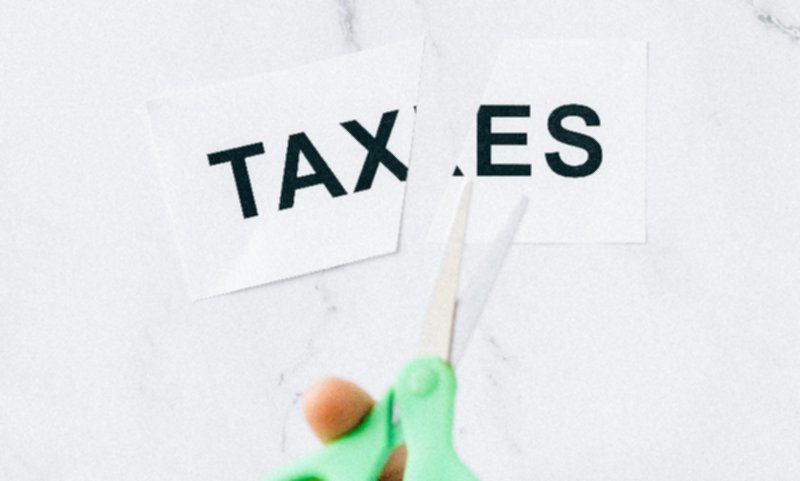Understanding Making Tax Digital for Income Tax
Complete Guide to MTD for ITSA – What It Means for Self-Employed Individuals and Landlords
Making Tax Digital for Income Tax (MTD for ITSA) will affect over 4.2 million self-employed individuals and landlords in the UK. Starting from April 2026, MTD will transform how taxpayers report their income to HMRC, moving from annual tax returns to quarterly digital reporting.
What is Making Tax Digital for Income Tax?
Making Tax Digital for Income Tax (MTD for ITSA) is part of the UK government’s initiative to modernize the tax system by requiring digital record-keeping and quarterly reporting for self-employed individuals and landlords with business or property income above £50,000.
- Reduce errors in tax reporting (estimated to save £1.1 billion annually)
- Provide taxpayers with a clearer, real-time view of their tax liability
- Simplify tax administration for businesses and HMRC
- Create a more efficient and effective tax system
Who Needs to Comply with MTD for Income Tax?
| Business Type | Income Threshold | Mandatory Start Date |
|---|---|---|
| Self-employed individuals | Over £50,000 | April 2026 |
| Landlords with property income | Over £50,000 | April 2026 |
| Self-employed individuals | £30,000 – £50,000 | April 2027 |
| Landlords with property income | £30,000 – £50,000 | April 2027 |
| Those with income below £30,000 | Under £30,000 | Not yet announced |
The income threshold refers to total gross income from self-employment or property, not profit. Partnerships will be brought into MTD for ITSA at a later date, yet to be announced by HMRC.
Key Dates and Timeline
April 2024
Pilot scheme expands for wider testing
April 2026
MTD mandated for those with income >£50,000
April 2027
MTD mandated for those with income >£30,000
How MTD for Income Tax Will Work
Step 1
Keep digital records using compatible software
Step 2
Submit quarterly updates to HMRC
Step 3
Submit end of period statement (EOPS)
Step 4
Submit final declaration
Quarterly Updates
Instead of one annual Self Assessment tax return, you’ll need to submit quarterly updates to HMRC using compatible software. These updates will include summary information about your business income and expenses.
Period: 6 April – 5 July
Deadline: 5 August
Period: 6 July – 5 October
Deadline: 5 November
Period: 6 October – 5 January
Deadline: 5 February
Period: 6 January – 5 April
Deadline: 5 May
Digital Record-Keeping Requirements
| Record Type | MTD Requirements | Traditional Approach |
|---|---|---|
| Business income | Digital recording of each transaction | Paper records or spreadsheets acceptable |
| Business expenses | Digital recording with categories | Receipts kept, often not categorized digitally |
| VAT records (if applicable) | Integrated with other business records | Often kept separately |
| Submission method | API-enabled software directly to HMRC | Manual entry via HMRC online portal |
Benefits of Making Tax Digital
1 Reduced Administrative Burden
While there’s an initial setup cost, MTD is designed to simplify tax reporting in the long run by integrating record-keeping with submission requirements.
2 Real-Time Tax Visibility
You’ll have a clearer, up-to-date view of your tax liability throughout the year, helping with cash flow planning and avoiding unexpected tax bills.
3 Fewer Errors
Digital record-keeping reduces manual data entry errors. HMRC estimates that errors cost the Exchequer £8.5 billion annually, with £3.5 billion due to avoidable taxpayer errors.
4 Integrated Business Management
MTD-compatible software often includes additional business management features like invoicing, expense tracking, and financial reporting.
Compatible Software Options
You’ll need to use MTD-compatible software that can connect to HMRC’s systems via an API. Popular options include:
| Software Type | Examples | Best For |
|---|---|---|
| Cloud-based accounting | QuickBooks, Xero, FreeAgent | Those wanting full business management |
| MTD-specific apps | MTD for Income Tax apps | Simple businesses with straightforward affairs |
| Spreadsheet bridging software | Various providers | Those who want to keep using spreadsheets |
If you prefer using spreadsheets, you’ll need “bridging software” to convert them into a format that can be sent to HMRC digitally. You cannot manually upload spreadsheets to HMRC’s portal under MTD rules.
Preparing for MTD for Income Tax
Step 1
Review your current income level
Step 2
Evaluate your record-keeping system
Step 3
Research compatible software options
Step 4
Consider joining the pilot scheme early
Step 5
Seek professional advice if needed
Exemptions and Exclusions
Some individuals and businesses may be exempt from MTD for ITSA. Exemptions include:
- Those who are digitally excluded (due to age, disability, location, or religion)
- Insolvent businesses
- Those with income solely from employment or pensions
- Trusts, estates, and non-resident companies
If you believe you should be exempt from MTD, you’ll need to apply to HMRC for an exemption. This is not automatic, and you’ll need to provide evidence to support your claim.
Penalties for Non-Compliance
HMRC has introduced a new points-based penalty system for MTD for Income Tax. The system is designed to be fairer than the previous regime:
| Offense | Points Threshold | Financial Penalty |
|---|---|---|
| Late submission | 4 points | £200 per failure after points threshold reached |
| Late payment | N/A | Interest + potential penalty based on days late |
Points expire after 24 months of good compliance, encouraging taxpayers to get back on track without accumulating permanent penalties.
MTD for Income Tax vs Self Assessment
| Aspect | Self Assessment | MTD for ITSA |
|---|---|---|
| Reporting frequency | Annual | Quarterly + final declaration |
| Record-keeping | Paper or digital | Digital only |
| Submission method | Online form or paper | API-enabled software only |
| Payment schedule | Payments on account + balancing payment | Same as current system |
| Deadlines | 31 January | Multiple quarterly deadlines |
Need Help Preparing for Making Tax Digital?
Our tax specialists can help you understand your MTD obligations, choose the right software, and ensure a smooth transition to digital tax reporting.
Get MTD Advice

